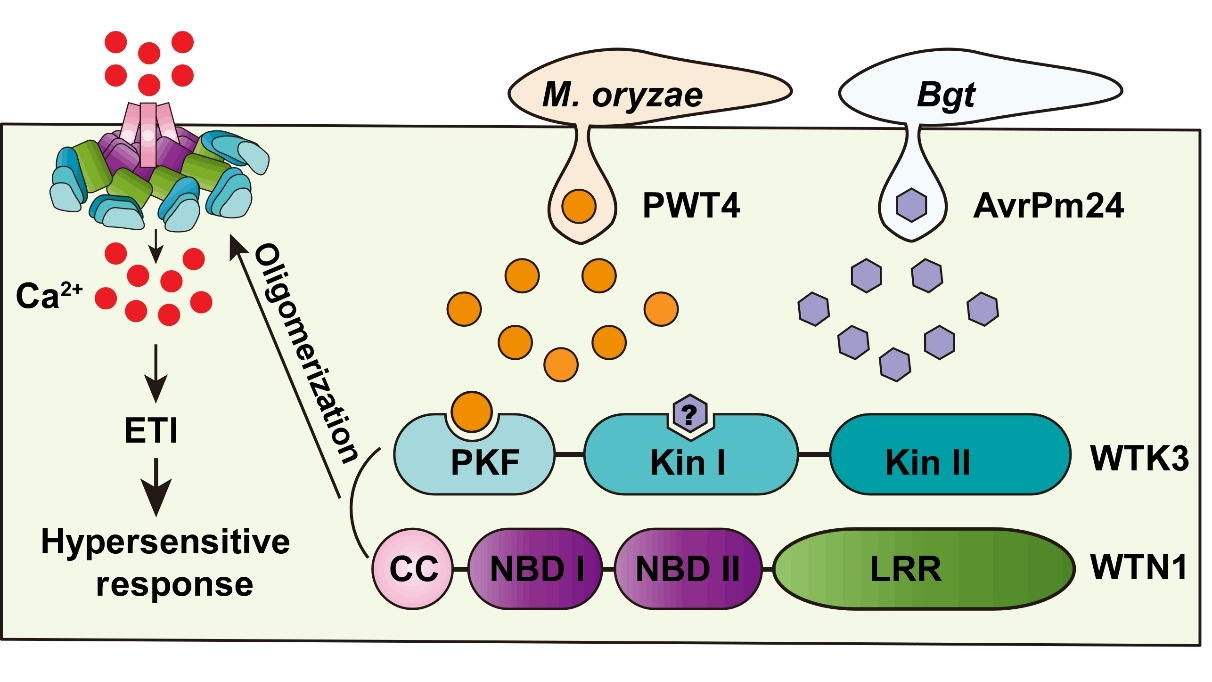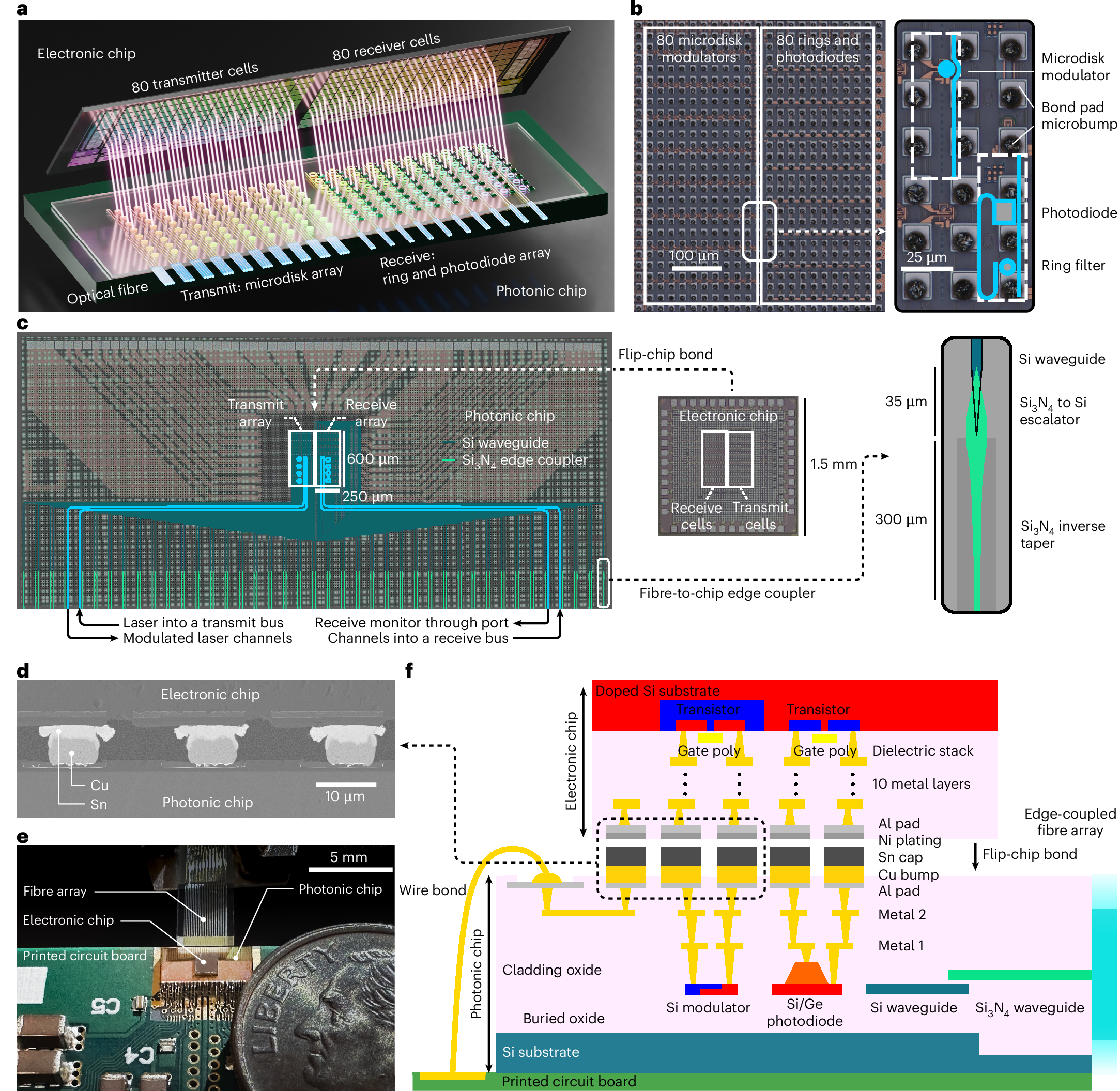2025-03-31 中国科学院(CAS)
 Working model for WTK3-WTN1 pair combating pathogens invasion. /IGDB
Working model for WTK3-WTN1 pair combating pathogens invasion. /IGDB
<関連情報>
- https://english.cas.cn/newsroom/cas_media/202503/t20250331_909012.shtml
- https://www.science.org/doi/10.1126/science.adp5469
小麦のタンデムキナーゼとNLRのペアは複数の真菌病原体に抵抗性を与える A wheat tandem kinase and NLR pair confers resistance to multiple fungal pathogens
Ping Lu, Gaohua Zhang, Jing Li, Zhen Gong, […], and Zhiyong Liu
Science Published:27 Mar 2025
DOI:https://doi.org/10.1126/science.adp5469
Editor’s summary
Plant immunity relies heavily on intracellular nucleotide-binding leucine-rich repeat (NLR) proteins, which can act as either receptors or signal transducers to facilitate disease resistance. In wheat and barley, an alternative class of genes called the tandem kinases also contribute to disease resistance. Two papers in this issue elucidate how tandem kinases work, showing that wheat tandem kinases require an NLR to function. Chen et al. found a pathogen effector that triggers the action of the wheat Sr62 tandem kinase. They demonstrate that the effector interacts with Sr62’s active kinase domain, enabling a pseudokinase domain to activate the corresponding NLR. In parallel, Lu et al. found that a different tandem kinase, WTK3, activates the same NLR as Sr62, and that this NLR acts as a calcium ion channel once activated. Together, these studies solidify the role of NLRs as hubs for immune signaling in response to diverse pathogens and will guide breeding efforts for disease-resistant wheat. —Madeleine Seale
Abstract
Tandem kinase proteins underlie the innate immune systems of cereal plants, but how they initiate plant immune responses remains unclear. This report identifies wheat protein wheat tandem NBD 1 (WTN1), a noncanonical nucleotide-binding leucine-rich repeat (NLR) receptor featuring tandem nucleotide binding adaptor shared by APAF-1, plant R proteins, and CED-4 (NB-ARC) domains, required for WTK3-mediated disease resistance. Both WTK3 and its allelic variant Rwt4—known for conferring resistance to wheat powdery mildew and blast, respectively—are capable of recognizing the blast effector PWT4. They activate WTN1 to form calcium-permeable channels, akin to ZAR1 and Sr35. Thus, tandem kinase proteins and their associated NLRs operate as “sensor-executor” pairs against fungal pathogens. Additionally, evolutionary analyses reveal a coevolutionary trajectory of the tandem kinase-NLR module, highlighting their cooperative role in triggering plant immunity.



